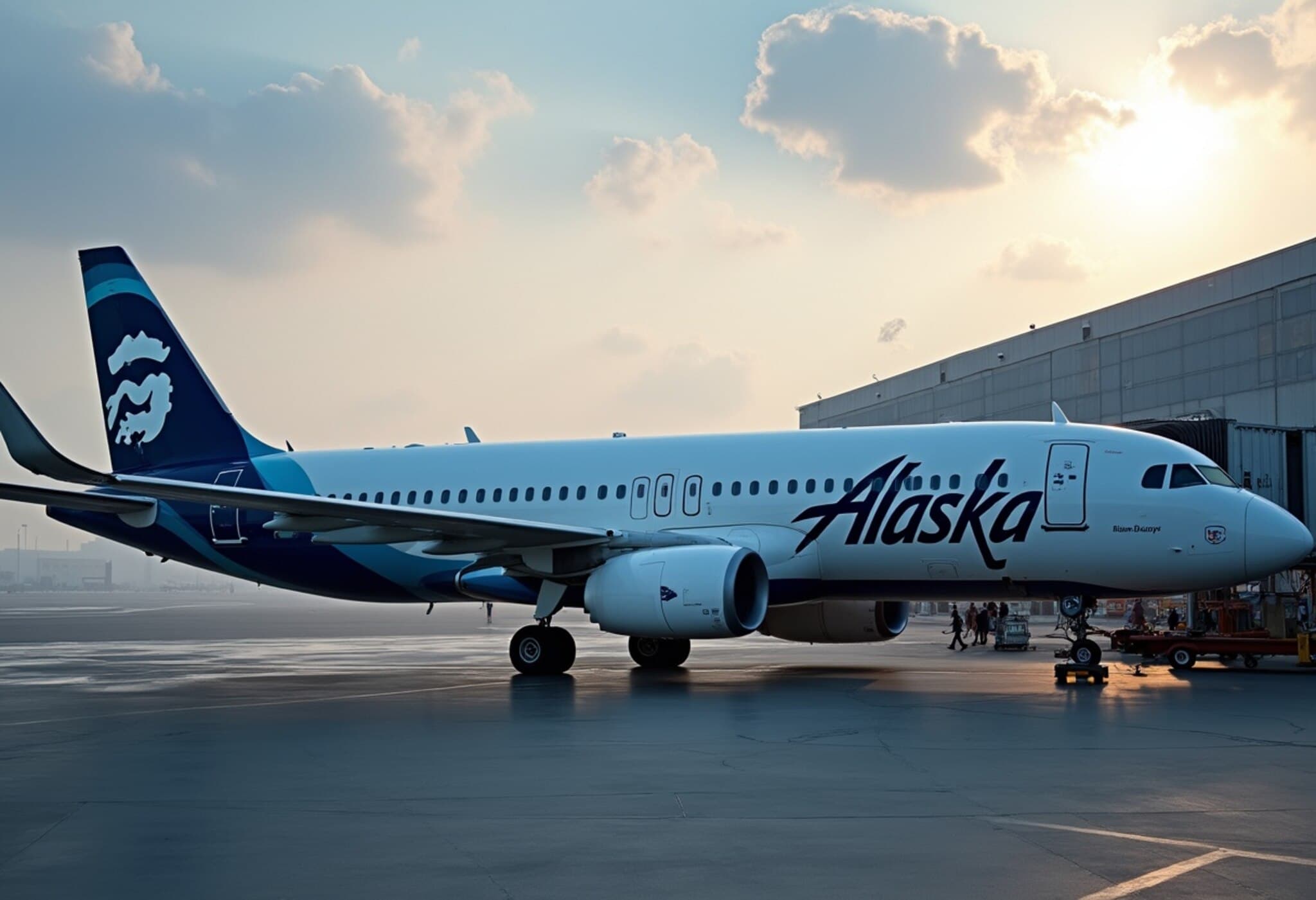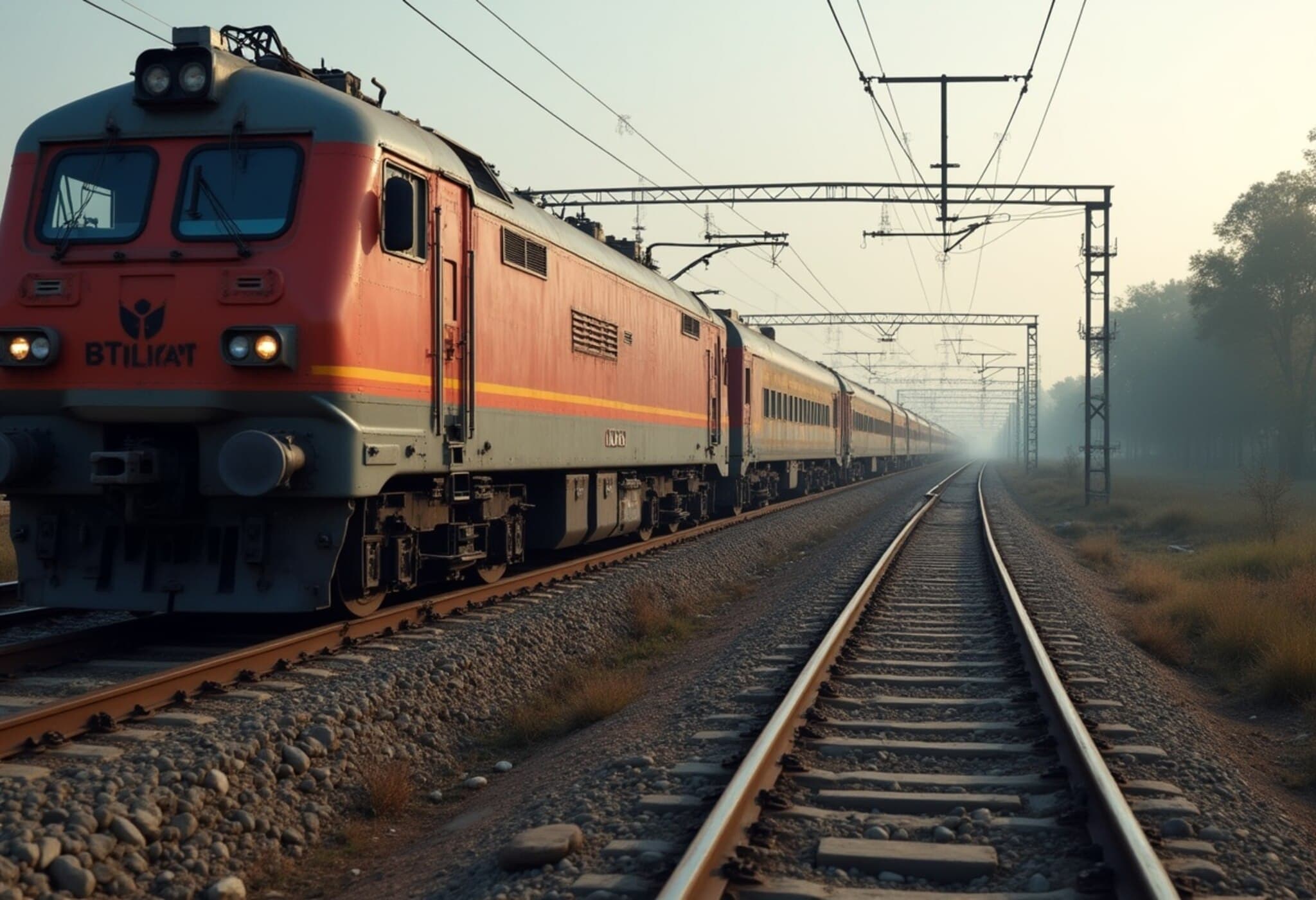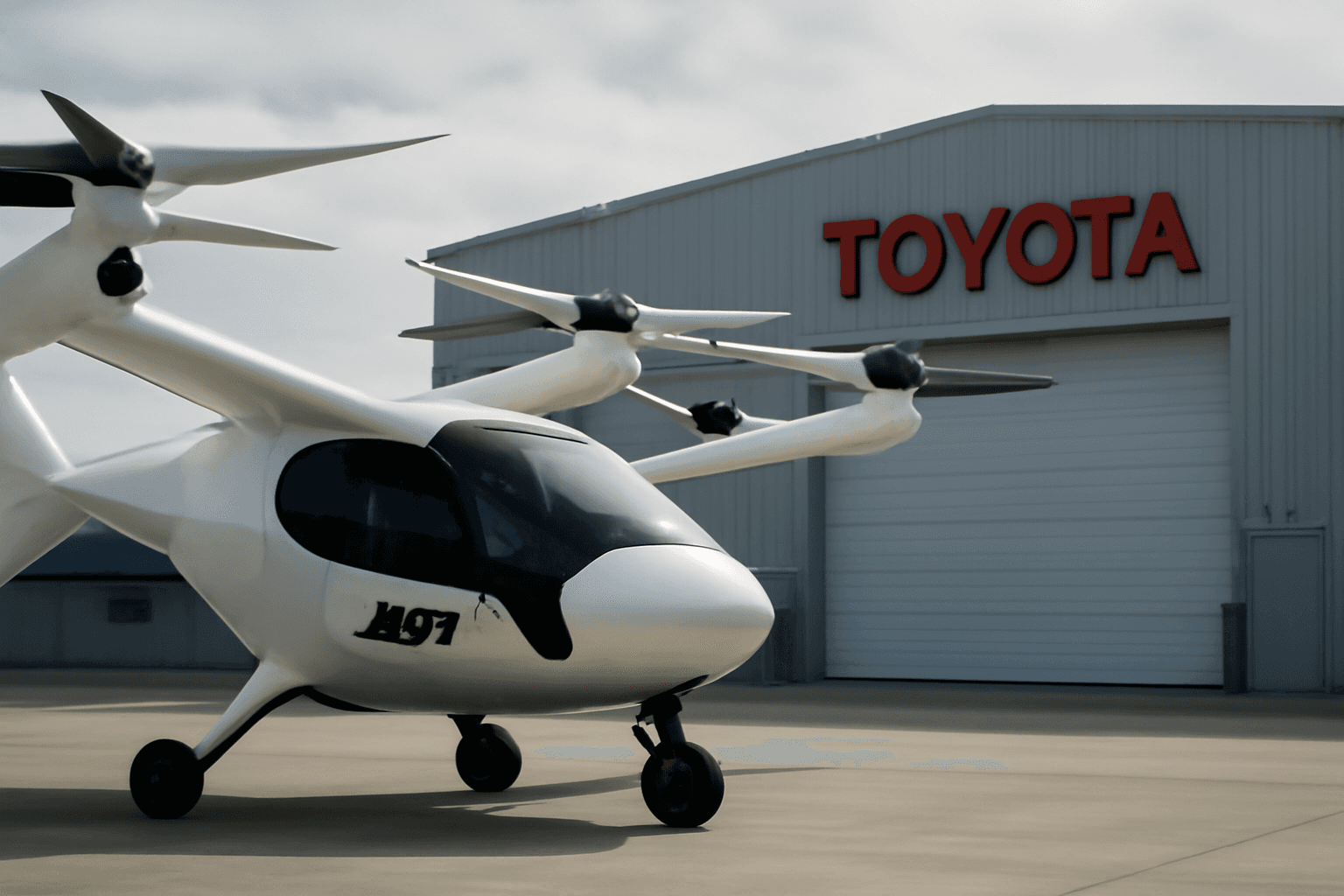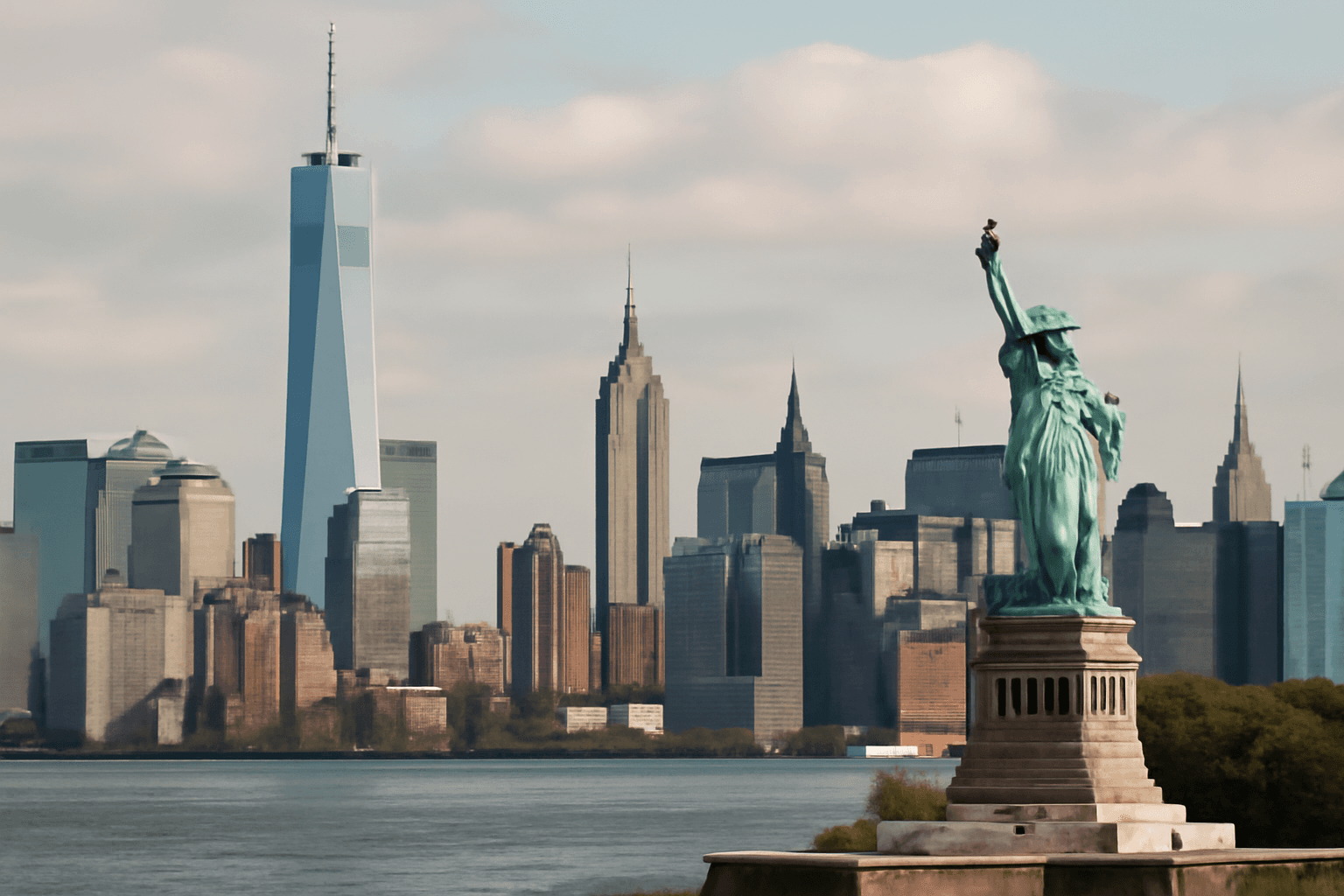The Future Unveiled: JFK’s Transformative $9.5 Billion Terminal 1
John F. Kennedy International Airport, one of America’s busiest international gateways, is on the cusp of unveiling a monumental upgrade. With its first phase scheduled to open by mid-2026, the brand-new Terminal 1 is rapidly taking shape, promising to redefine the travel experience for millions globally. This ambitious $9.5 billion project doesn’t just replace the existing terminal from 1998—it positions JFK as a forward-looking, passenger-centric hub designed exclusively for international flights.
Design Focused on International Travelers
Unlike multi-purpose terminals, the new Terminal 1 is purpose-built for international passengers, reflecting a strategic decision made from day one. Jennifer Aument, CEO of New Terminal One, emphasized this customer-first approach: “From the very first pen to paper, we had the international traveler firmly in mind.” Airlines such as Turkish Airlines, Air New Zealand, Etihad Airways, Air China, and Taiwan's China Airlines will all operate from this modern facility, streamlining their operations and enhancing the passenger journey.
Innovations in Layout and Passenger Flow
The terminal’s design showcases impressive engineering and architectural creativity. Featuring a three-floor layout with customs, security, and departure halls all on the same level, it eliminates the familiar bottleneck of underground customs lines. The architectural firm Gensler crafted a terminal inspired by the delicate wings of a butterfly, incorporating slanted window walls that flood the space with natural light—offering travelers a far less claustrophobic experience.
Size and Capacity: A Giant Among Terminals
Terminal 1 will be nearly the size of the two new LaGuardia terminals combined, boasting mammoth scale and state-of-the-art facilities. The initial phase will open with 14 gates, all able to accommodate wide-body aircraft essential for long-haul international travel, with a capacity to handle 14 million passengers annually.
By the project’s completion in 2030, the terminal will feature 23 gates—including 22 wide-body and one narrow-body gate—and over 300,000 square feet of premium space dedicated to dining, retail, lounges, and recreational areas. Half of this—more than 180,000 square feet—will focus on retail and dining, reflecting a growing trend in aviation toward enriching passenger experience beyond just travel.
Unique Retail and Sustainability Features
One of the terminal’s standout amenities is the introduction of the U.S.’s only cash-and-carry duty-free shop. Traditionally, travelers purchase duty-free goods that are stored until boarding. JFK Terminal 1 allows passengers to take purchases immediately—an innovation likely to attract global travelers and boost airport revenue.
On the sustainability front, Terminal 1 is equipped with a cutting-edge microgrid powered by rooftop solar panels. This system enables the terminal to maintain 100% operational uptime, even during power disruptions—a critical step toward enhancing airport resilience amid increasing climate-related challenges.
Strategic Timing and Regional Impact
The Terminal 1 opening strategically coincides with the 2026 FIFA World Cup, where New York and New Jersey will serve as key venues, including games at nearby MetLife Stadium. The timing promises smoother international arrivals and departures for millions of soccer fans, exemplifying the broader economic and cultural significance of the terminal’s launch.
Meanwhile, the ongoing overhaul of JFK and nearby LaGuardia highlights the urgent need for infrastructure modernization across U.S. airports. A recent report by the Airport Council International-North America points to a staggering $174 billion required nationwide by 2029 to keep pace with growing air traffic, improve efficiency, and enhance passenger satisfaction—Terminal 1 is a leading example of the scale and vision necessary.
Beyond the Terminal: A Holistic Airport Revitalization
The $9.5 billion Terminal 1 is just one part of a sweeping $19 billion JFK makeover led by the Port Authority of New York and New Jersey. Other projects include replacing Terminal 7 with a new Terminal 6, slated for partial opening next year. Together, these efforts are designed to address perennial issues like airport traffic congestion, outdated facilities, and fragmented passenger experiences.
The AirTrain connectivity improvements, roadway rewiring, and thoughtful passenger flow optimization underscore a holistic approach to revitalization—embracing both functionality and passenger comfort.
Expert Perspectives
From a policy and urban planning perspective, JFK’s overhaul exemplifies how major transportation hubs can integrate sustainability and passenger-centric design while addressing regional traffic and economic needs. The inclusion of a microgrid and extensive natural lighting aligns with broader green airport initiatives gaining traction globally.
Furthermore, Terminal 1’s dedicated international focus exemplifies a shift toward more specialized, efficient terminals that streamline customs and immigration processing—a lesson that could benefit other major hubs grappling with passenger volume growth.
Looking Ahead
As airlines relocate terminals and networks adjust over the coming years, travelers can look forward to not only improved facilities but also enhanced operational resilience and environmental consciousness. The fusion of technological innovation, passenger comfort, and strategic foresight makes JFK’s new Terminal 1 a bellwether for airport design in the 21st century.
Editor’s Note
JFK’s Terminal 1 is reshaping the future of international air travel with its blend of massive scale, innovative design, and sustainability features. Yet, questions remain about its long-term adaptability amid evolving travel trends post-pandemic and the accelerating focus on climate impact in aviation. Will this be a blueprint for other U.S. airports aiming to balance growth with resilience? And how will the terminal’s success influence policy decisions on airport infrastructure funding nationwide? These are key points to watch as the project progresses toward its 2030 completion.



















